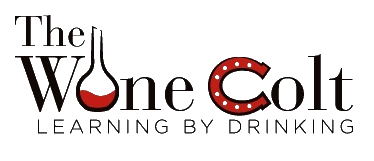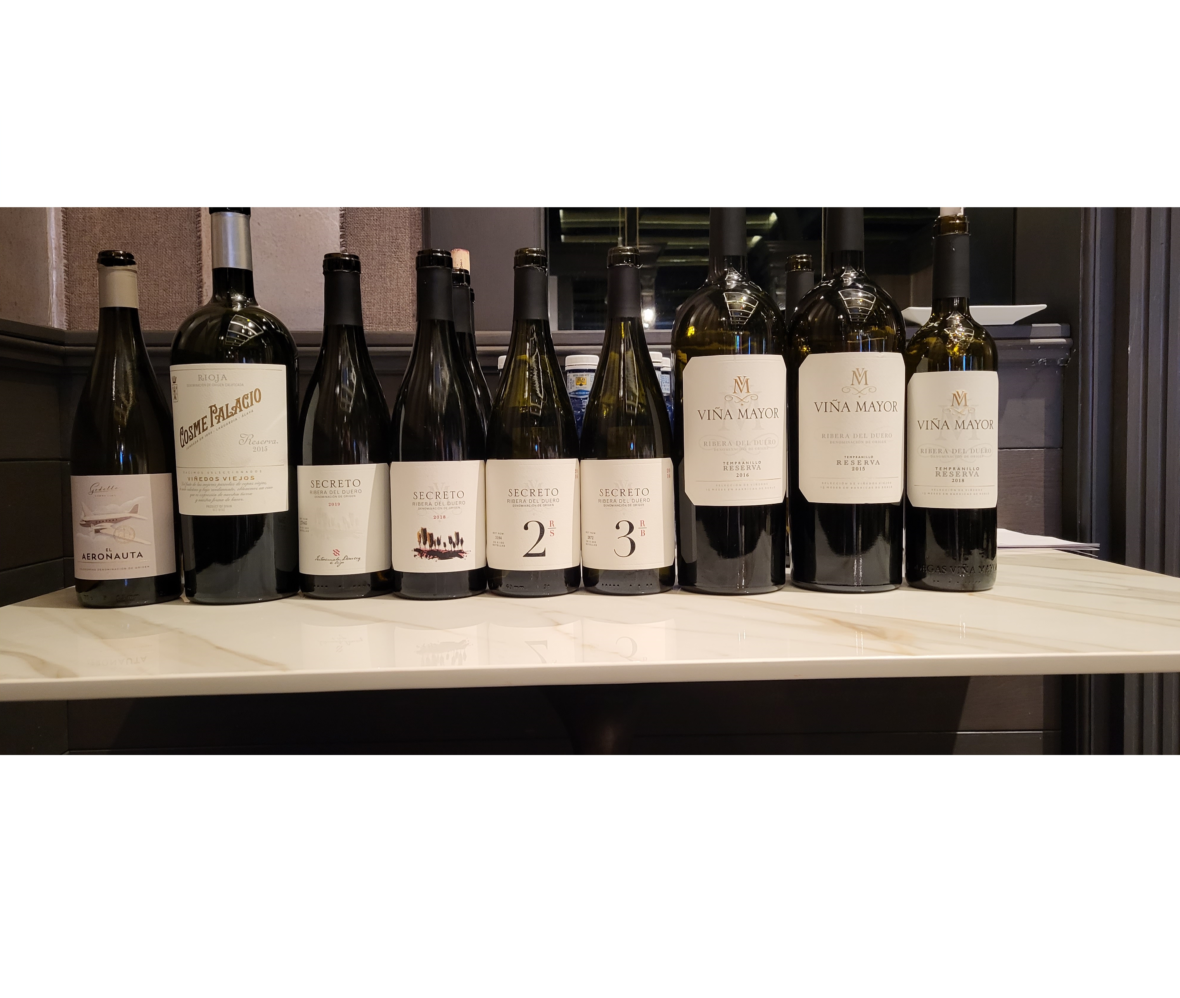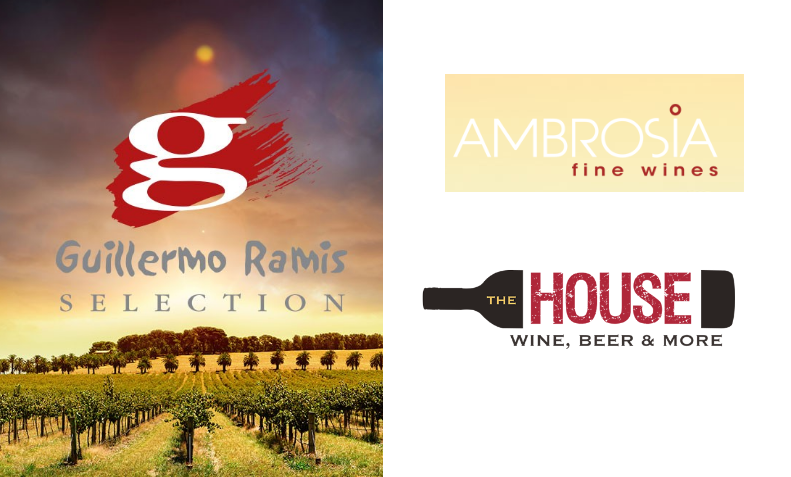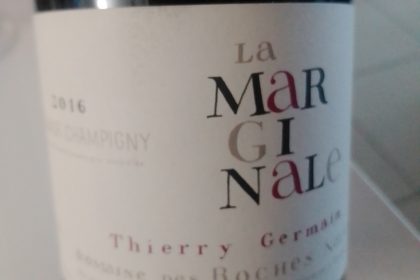Date: Friday 6/7/23
Location: Almacen del Vino, Guaynabo, PR
Distributor: B. Fernández
- Aeronauta Godello (2020)
- Cosme Palacio Reserva Rioja (2015)
- Secreto Ribera del Duero (2019)
- Secreto Ribera del Duero (2018)
- Secreto Ribera del Duero 2 RS (2016)
- Secreto Ribera del Duero 3 RB (2016)
- Viña Mayor Reserva Ribera del Duero (2015)
- Viña Mayor Reserva Ribera del Duero (2016)
- Viña Mayor Reserva Ribera del Duero (2018)
Do titles define us, or do they serve as an expansion of our true nature and lengthen our personality? I’m sure an argument can be made for both cases. Regardless, I think it’s quite easy to identify them. Nothing, to me, says experience like humbleness and approachability.
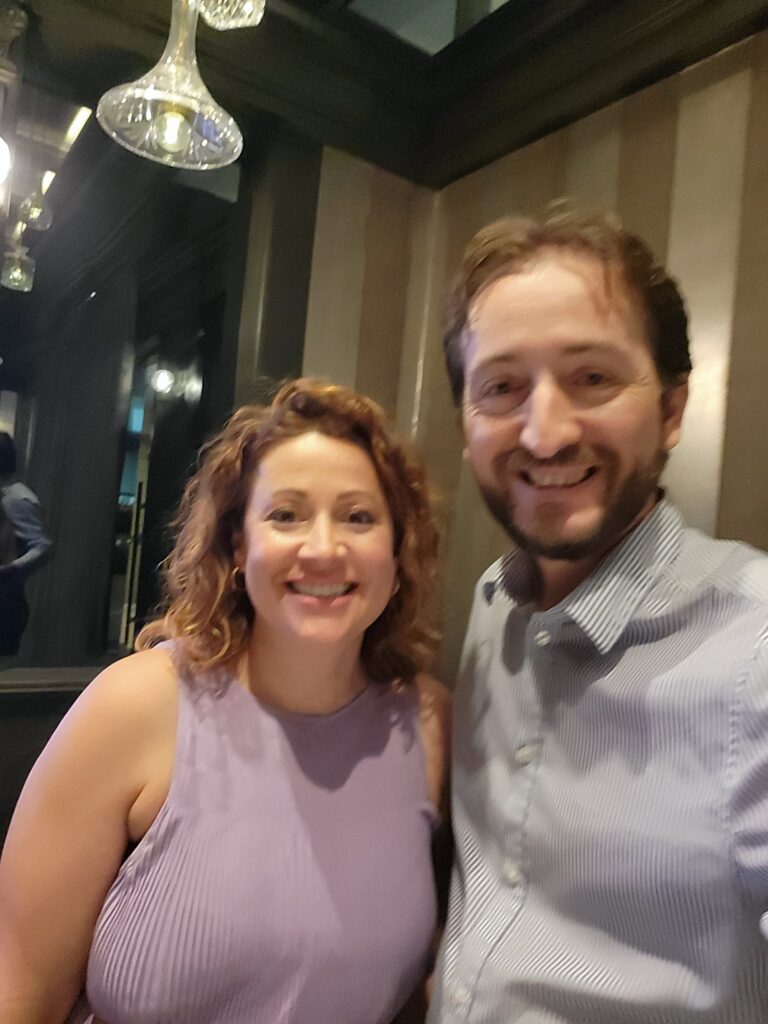
I had the privilege of meeting and participating in a wine tasting led by Almudena Alberca last week. She’s the technical wine director of Entrecanales Domecq e Hijos wine group. A wine professional with over 20 years of experience who also happens to be a member of the very elite club of Masters of Wine. Elite because there are only 415 worldwide. That’s quite a title to have. And yet Almudena is a jovial, knowledgeable, approachable person who enjoys being a communicator of her craft. And because of that, she makes the experience enjoyable for everyone else. I was able to get to this conclusion with only a few hours in a tasting of 9 wines, so that should say something about her. I also took many notes from Almudena to share on this review.
To speak briefly about what that certification means, the Institute of Masters of Wine is the home of exceptional expertise in the wine world. What started 70 years ago as an exam for the UK wine trade is now a globally recognized title collectively held by a worldwide family of Masters of Wine. Today, there are 415 MWs based in 31 countries, each making their own contribution to the world of wine, but there have been only 500 people that have passed the test since 1953.
The tasting took place in the beautiful Salón Privé of El Almacen del Vino in Guaynabo, Puerto Rico, which is part of the local distributor B. Fernández & Hnos. Inc. I must thank my friend Andrés Lugo for the invitation and the team at el Almacén (Karla and the staff) and Brenda Rodríguez for what was a wonderfully coordinated tasting.
So let’s talk about the wines. We can basically split it in three. At first, we started with a standalone white wine, followed by a Reserva Rioja (in Magnum format) and then two verticals. Both from Ribera del Duero but one for the Secreto brand and another for the Viña Mayor Reserva’s.
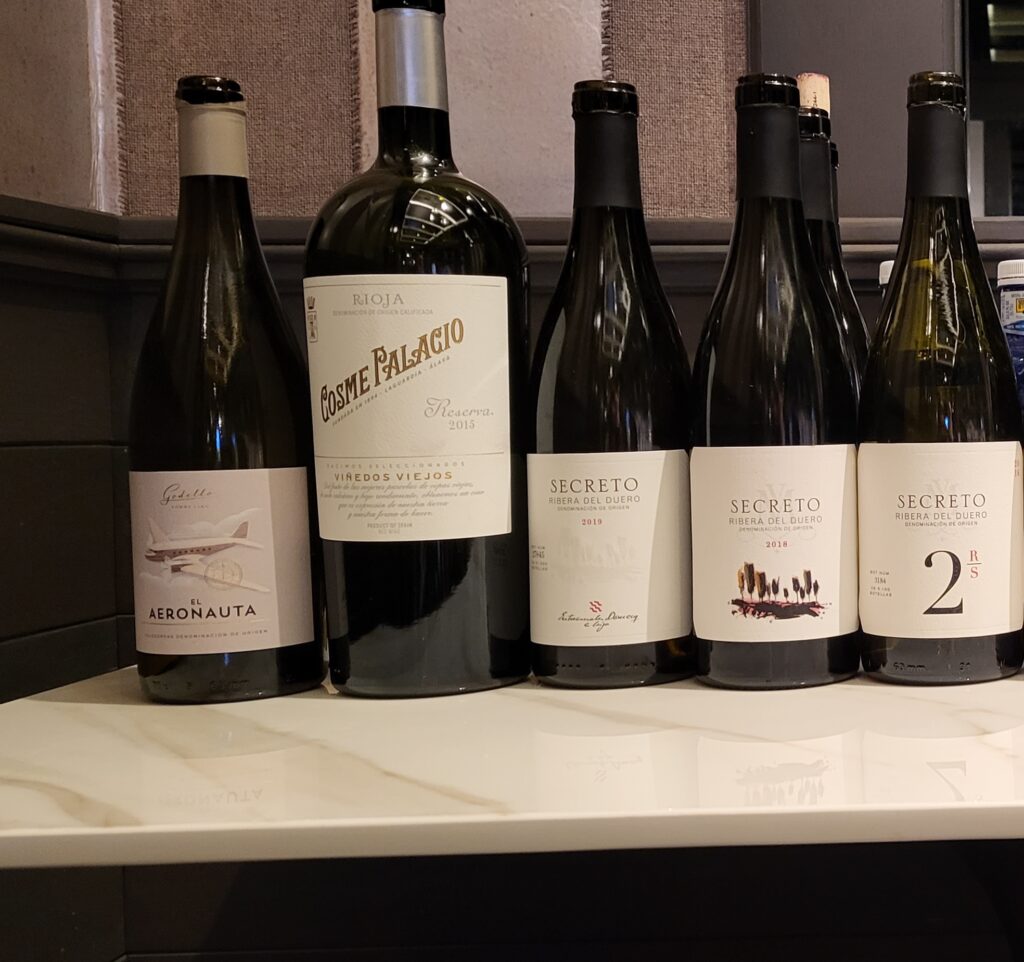
So we began with a white wine.
El Aeronauta 2020 sees it’s origins in vineyards of the Godello varietal with more than 40 years, located in the hills of the Valdeorras Valley, which goes through the Sil river, to the east of the Ourense province. The wine has no oak and spent 6 months on its lees. This 2020 is a 94-point Guía Peñin and Parker, which is not nothing. The wine was clear colored for the most part. It had an enjoyable aroma of citric fruit and on palate notes of cream made possible because of the lees. The wine was structured, it was refreshing, and had well-balanced acidity. As Almudena explained, this is a continental wine from granite soils, and it’s capable of aging.
This prompted my first conversation with her since in Puerto Rico, the aging of wines is always a subject to discuss. I was most impressed when she told me she could see this wine aging for 8-10 years and evolving. I must say that is a challenge worth trying to anybody that likes aged wine.
The next wine, before the two verticals, was a standalone rioja in magnum format. A Cosme Palacio Reserva Rioja 2015. I wasn’t familiar with the history of the wine. So I learned the winery was founded by a man called Cosme Palacio in 1894 who took the reins from the family winery founded by his father in Laguardia in 1863 and turned it into the most advanced winery in Rioja Alavesa. The wine had a beautiful red color and amazing vanilla aromas from the French oak it uses. Present acidity, rounded tannins, and medium finish. This wine is so ready to drink right now.
The conversation shifted briefly and Almudena talked about how old vineyards are valued and then she gifted us with a trio of simple explanations that might seem standard for some but for some reason when she said them, they stuck with me. The first one is “origin gets lost with maturation.” This means that as a wine evolves, it’s more difficult to track provenance. The second one was that the descriptor “forest fruit” really is a combination of red and black fruit because we would truly find both in that environment. Finally, she mentioned that the hotter the climate, the darker the fruit. You know, educating is not knowing stuff and telling other people. It’s about using language in a way that resonates with others and allowing them to retain it.
It was after presenting this wine that Almudena took a pause, and having her sitting next to me, we talked briefly. Small table chit chat from wine prices, to the market, to Puerto Rico, the wine aging processes, etc. Brief but educational. Short but meaningful. Transient but permanent.
It was time for the Secreto vertical. We started with the 2019, which I found it had plenty of acidity, yet a shorter finish. It was more concentrated. Lovely red fruit. This wine is about to arrive shortly in Puerto Rico. After it we tried the same wine, but from the 2018 vintage. There was already a drastic difference. It had a more prolific aroma yet was lighter on acidity. Fruit was more palpable on palate. It had more color, it had more perfume, but it felt lighter. It was very interesting to see how just one year made a difference between these two really amazing wines.
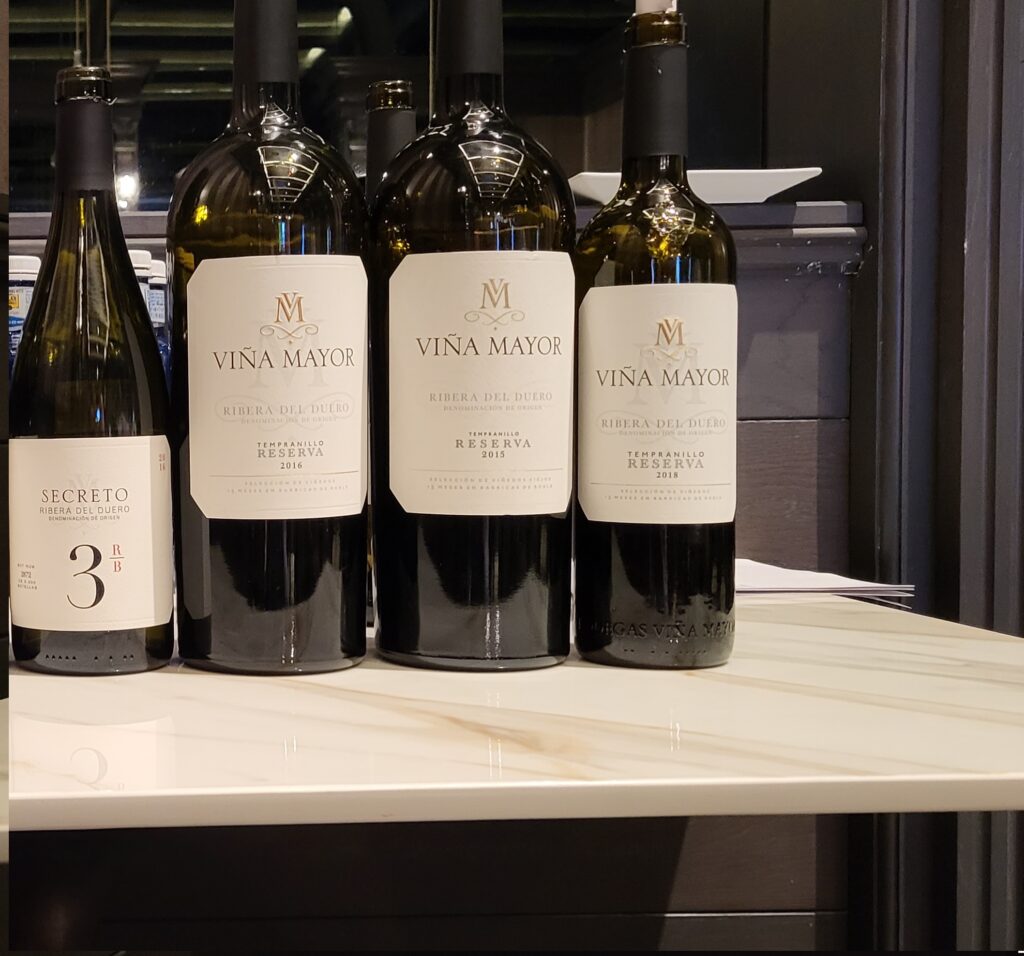
The next two were something new to me. They were both 2016, but one was called Secreto 2 and the other Secreto 3. The first one had the initials RS and the other RB. We were told that these wines are always made, that they are made from particular parcels, and they the letters represent where they are from (RB – Ribera Burgalesa) and RS (Ribera Soriana). When these wines are not made, the grapes are used for Crianza or Roble wines.
The Secreto 2 RS had a lighter color even though it was the same vintage. Forest fruit present, balsamic notes with a long finish. Meanwhile, Secreto 3 was juicier, more tannic, and had more structure. It was more about red fruit with a long finish as well, dare I say, longer. These, to me, seemed like two different wines altogether. Just splendid representations of their terroir that aged very well and still have space to evolve.
It was around this time that we had an open table conversation. Almudena was talking about how Ribera del Duero is really separated by the provinces (Valladolid, Burgos, Segovia and Soria) and the soils and the individuality of each province is something that we already experience in the wines and we can see it in other parts of the wine world like Burgundy (although over there is north to south and here west to east). We talked about how Rioja is already separated between Rioja Alta, Oriental and Alavesa, yet Ribera del Duero isn’t. We discussed how each D.O. has a very different history and different times of establishment, but we all agreed that it won’t take the same amount of time it did Rioja for it to create identifiers by province.
Finally, we tried the Viña Mayor wines. Crianzas of 15 months in french oak of 225 liters of capacity, then 20 months minimum in bottle. From vines surrounding Quintanilla de Onésimo in the heart of Ribera del Duero, planted at high altitude.
The Reserva 2015 had a lot of black fruit and licorice on aroma and palate. With eight years, the maturity of it was present by tamer tannins and an elegant long finish. This was a hot and dry year, making some powerful wines that have a long life. The second wine was from 2016, and it had a lot more earthiness or savory notes to it, and things like mushrooms while the red fruit, while present, played a secondary role. It felt like a different wine with just one year difference having more structure. Finally, it was the 2018, considered a cooler year. It was the younger of the three, and the black fruit was so alive. On palate, there were leathery hints while also a silky round experience. Each one demonstrated their individuality while reminding us of their kinship.
These exercises are valuable because they give us the closest thing to a crystal ball. It allows us to understand the evolution process of wine, of a brand, even of the winemaker and where they’ve been and where they’ll most likely go to.
To go through this exercise led by the technical director of the wines is an opportunity that very seldom we encounter yet one I enjoyed and learned from.
